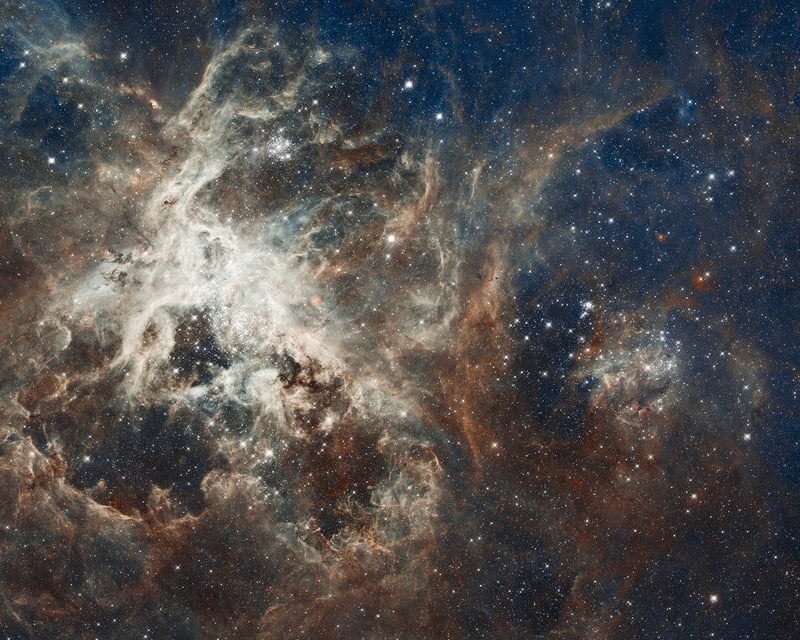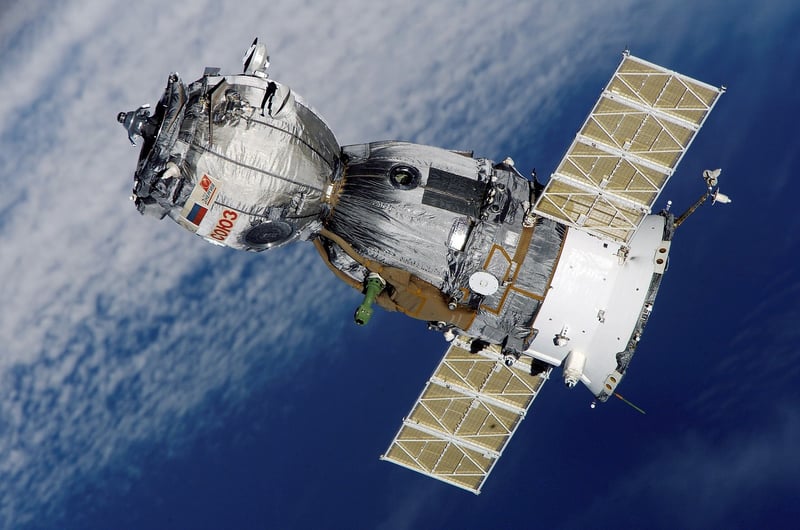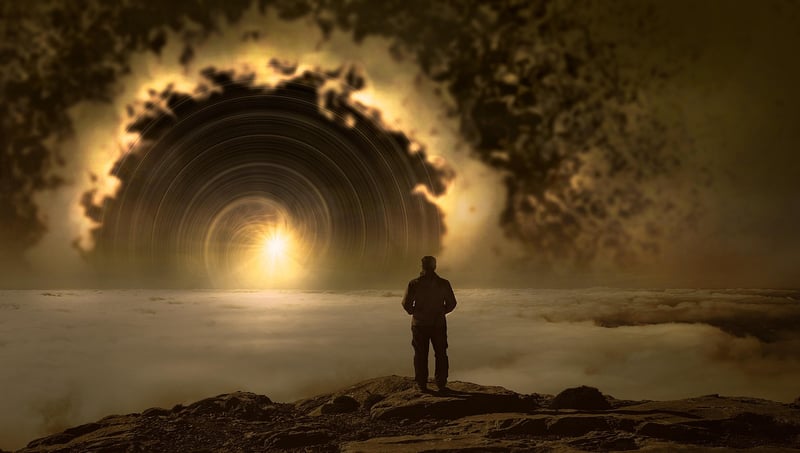Space-time continuum
Mechanisms of Travel and the Space-Time Continuum
In the realm of science fiction and theoretical physics, the concept of travel through time and space has captivated the human imagination for decades. From wormholes to warp drives, the mechanisms of travel and their relation to the space-time continuum are subjects of fascination and speculation.
Wormholes
One of the most popular concepts in science fiction, wormholes are hypothetical passages through space-time that could create shortcuts for long journeys across the universe. Imagine a tunnel with two ends at separate points in space and time, allowing for almost instantaneous travel between them.

Warp Drives
Popularized by shows like Star Trek, warp drives are theoretical devices that could propel a spacecraft faster than the speed of light by distorting space-time around it. By creating a warp bubble, a spacecraft could effectively "surf" through space, bypassing the limitations imposed by the speed of light.

Black Holes
While not a traditional method of travel, black holes play a significant role in the fabric of space-time. These mysterious objects have such intense gravitational pull that they can warp space-time around them, potentially leading to wormholes or other exotic phenomena.

Conclusion
While the mechanisms of travel through the space-time continuum remain firmly in the realm of theory and speculation, they continue to inspire scientists, writers, and dreamers alike. Whether through wormholes, warp drives, or the enigmatic properties of black holes, the exploration of these concepts pushes the boundaries of our understanding of the universe.
So, next time you gaze up at the stars, remember that the possibilities of travel through space and time are as vast and mysterious as the cosmos itself.
